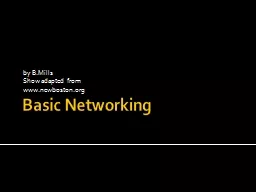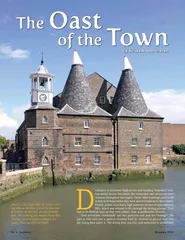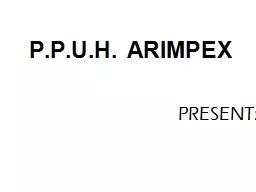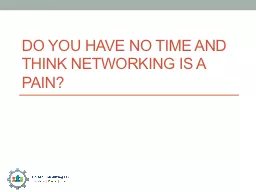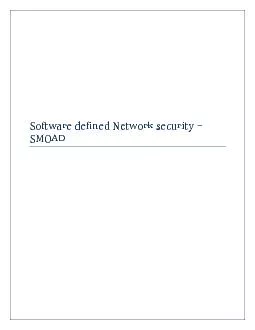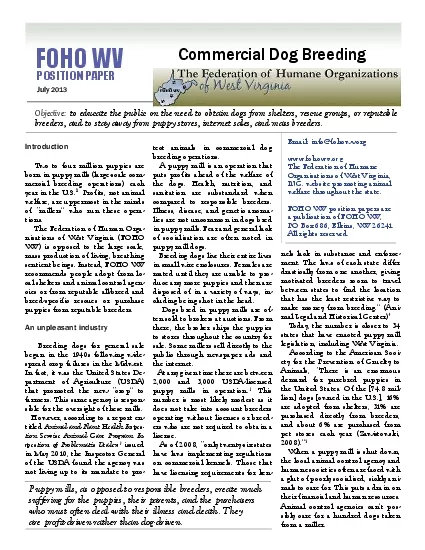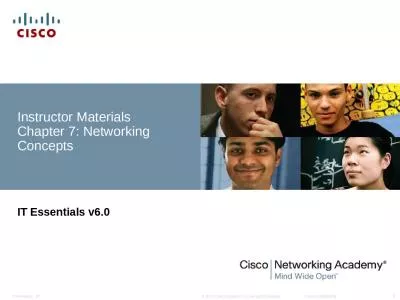PPT-Basic Networking by B.Mills
Author : disclaimercanon | Published Date : 2020-06-19
Show adapted from wwwnewbostonorg The purpose of a network is to share data Local Area Networks LANs are restricted to rooms buildings and smaller geographical areas
Presentation Embed Code
Download Presentation
Download Presentation The PPT/PDF document "Basic Networking by B.Mills" is the property of its rightful owner. Permission is granted to download and print the materials on this website for personal, non-commercial use only, and to display it on your personal computer provided you do not modify the materials and that you retain all copyright notices contained in the materials. By downloading content from our website, you accept the terms of this agreement.
Basic Networking by B.Mills: Transcript
Download Rules Of Document
"Basic Networking by B.Mills"The content belongs to its owner. You may download and print it for personal use, without modification, and keep all copyright notices. By downloading, you agree to these terms.
Related Documents

